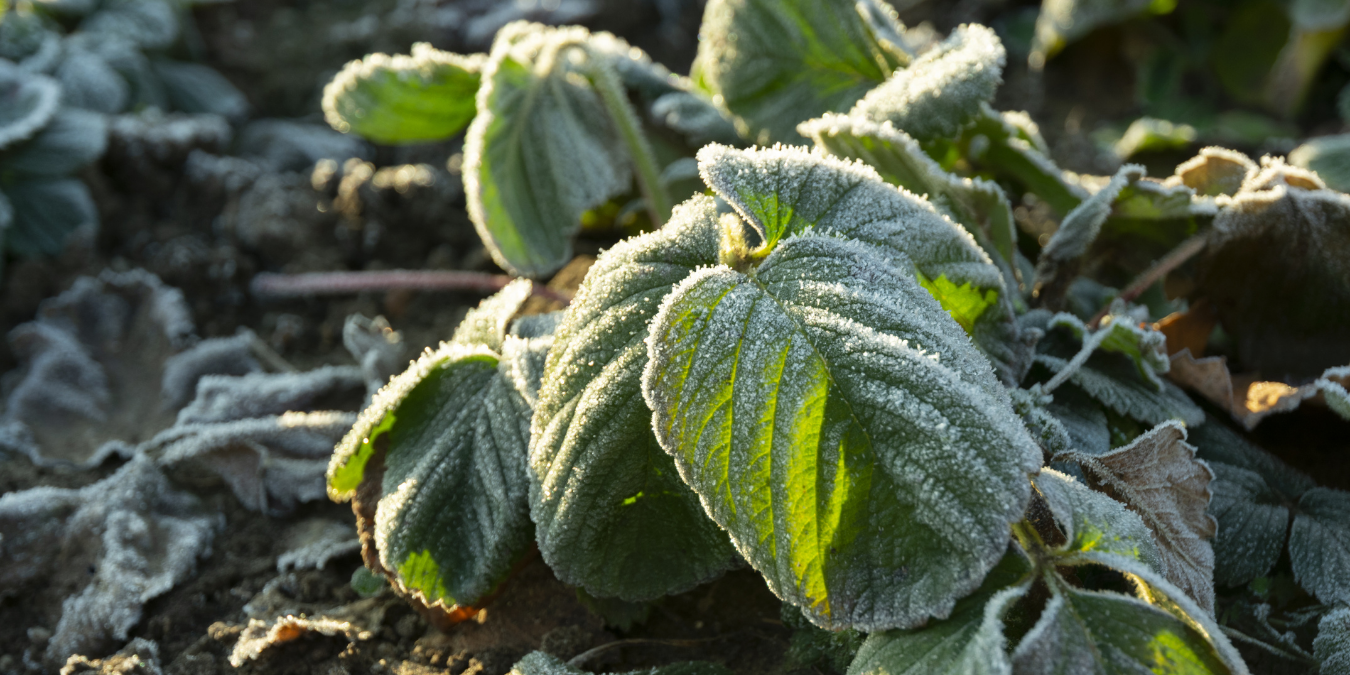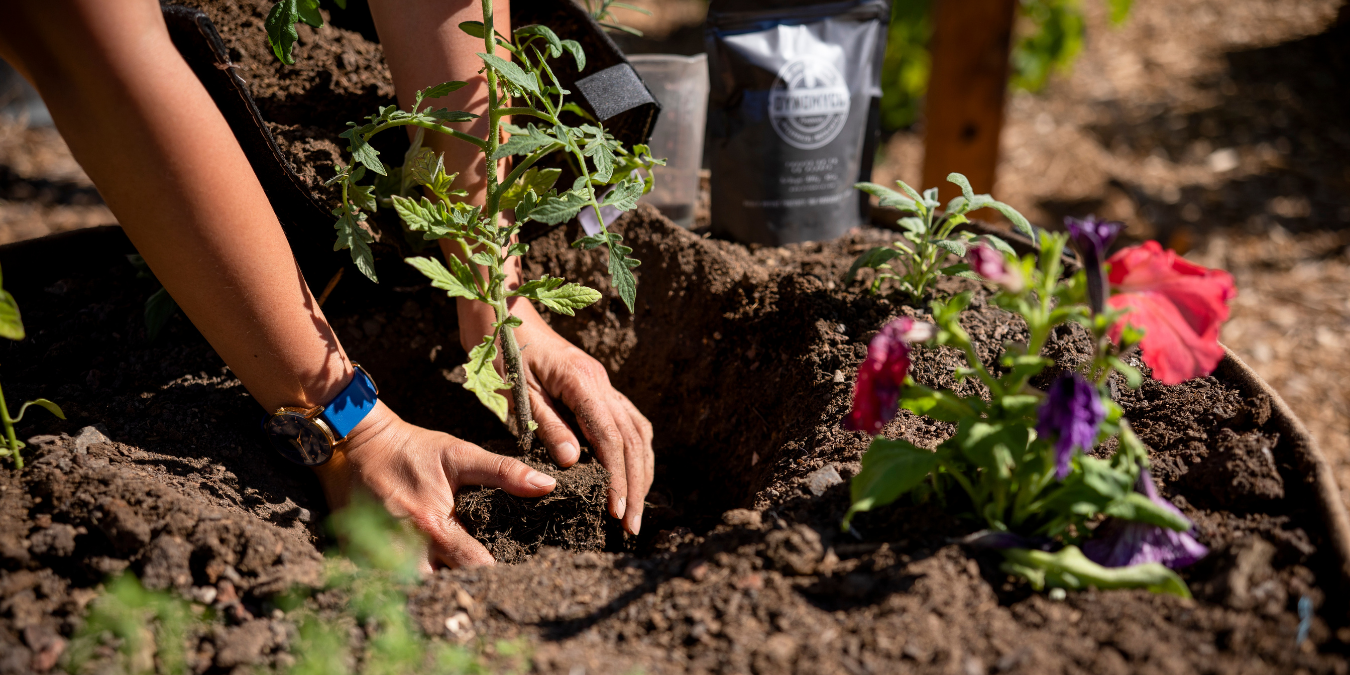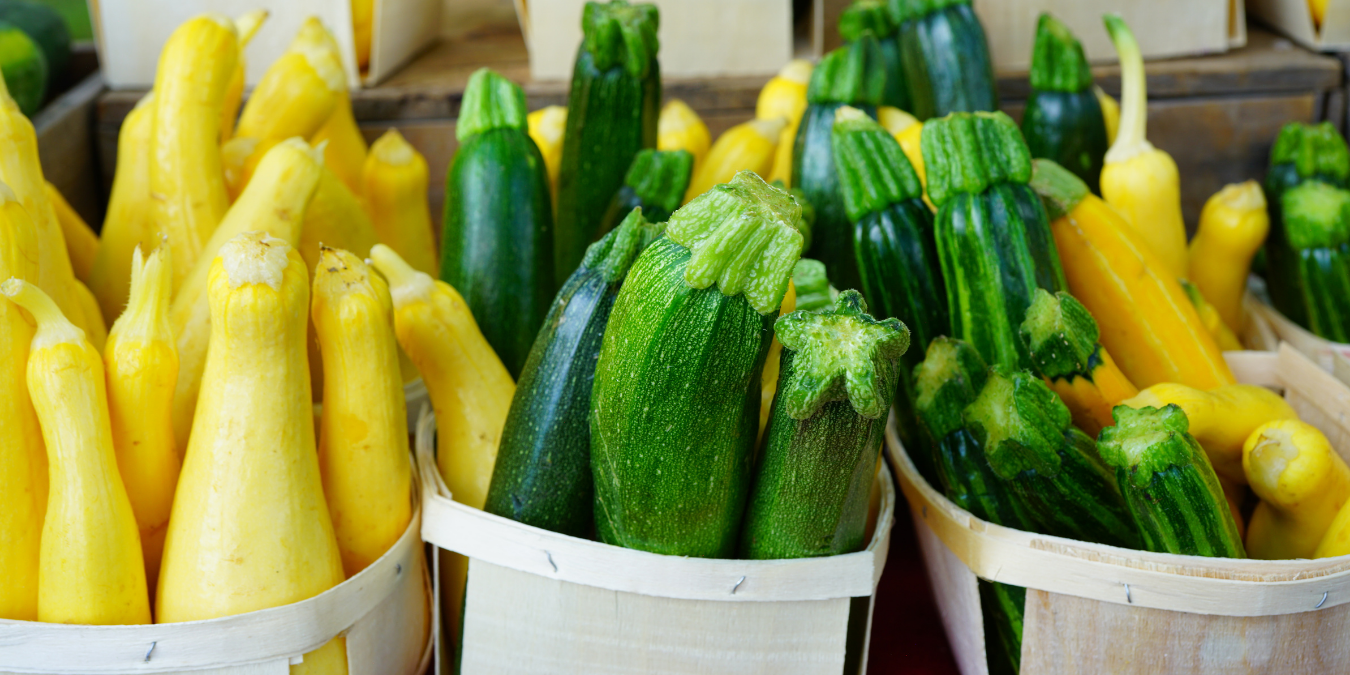How to Winterize, Solarize, and Overwinter Your Garden

If you’re cold when you go outside, your plants are too! Low temperatures and harsh conditions can cause harm to your plants and soil, and after all of the hard work and attention you gave to your garden all year we don’t think it makes sense to leave it in a state of neglect in the winter months. Care for your garden through the end of the year by winterizing, solarizing, and overwintering!
Follow these steps to ensure your garden is in good health when spring rolls around:
Winterizing
Winterizing means getting your garden prepped for the winter months. Do this by clearing out unwanted material from your garden, protecting your soil and root vegetables from harsh winter conditions, and introducing nutrients into the soil in preparation for next spring.
Pull Weeds
Pulling weeds and dead material is something you should really do all year long, but we all know you didn’t. It’s okay. Just make sure to catch up now because it’s even more essential as the garden shuts down for winter! Leftover weeds and dead plants can invite disease and harbor pests. Damp conditions foster mold and mildew spores, and insects lay eggs or hibernate in loitering plants. It’s essential to take the steps to thin weeds and dead plants to prevent a problem for next year’s garden.
Fuel for Winter
While you may think that plants are done eating when winter rolls around, this season is one of the most important fertilizing times for organic gardens. Amending your garden soil with nutrients that break down over time like Geoflora VEG and BLOOM allows your growing media to recuperate and face the next season rich in nutrients and ready to hit the ground running.
Put on a Coat
Once you’ve removed undesirables from your garden like a proper bodyguard and stuffed it full of all the food it needs to thrive, you should consider covering it with a thick coat of compost or leaf mulch. 5 – 7 inches will do the trick! Cozying up your soil with a blanket of compost protects any remaining root vegetables from extreme cold temperatures and helps retain beneficial nutrients and microorganisms for next year. Plus, compost and leaf mulch add nutrients to the soil, fertilizing and conditioning the ground over time. BONUS!
Solarizing
If your garden has suffered from pesky pests or soil-borne diseases this year, consider taking action–this is war!–by solarizing your soil. Also known as soil temperature gardening, this involves harnessing heat from the sun to warm the soil, sometimes up to 120 degrees Fahrenheit, to kill off diseases and pests. It’s like a nifty little nuke for your grow!
Bake It Out
To solarize your garden bed, place a thin, clear sheet of plastic directly onto the surface of the soil. Make sure that before you do, the area is leveled and raked free of debris so that the plastic lays flat without any air pockets that will reduce the overall heat of the soil. For even better heat retention, make sure the soil is slightly moist since moisture helps heat penetrate and disburse throughout the ground.
If left in place for 4 to 6 weeks, this method should raise temperatures enough to eradicate most soil-borne diseases and pest infestations. Easy peas-y!
Overwintering
If you plan on keeping some plants through winter, you should overwinter them to ensure they survive until spring. Preparing plants for cold temperatures and frost can lead to earlier spring harvests, reduced costs, and even sweeter root vegetables next year.
Find Shelter
Got some delicate flowers? If so, these less hardy plants will need to be brought indoors. While they won’t grow much or at all, they will have a better chance of surviving the cold, dark days ahead. Moving your plants indoors is easy if you’re growing in a container like our GeoPot fabric pots with handles!
Cut Back
For those tough-guy plants that you’ll be leaving in the outdoor garden, you can improve their chances of survival by trimming dead stems to the ground. This will prevent any new growth that would be otherwise damaged by low temperatures or frost. Placing a deep layer of mulch (8 inches) over the roots will help to further insulate the plant from the cold while also preventing early sprouts.
Sweeten the Roots
Root vegetables like carrots, potatoes, and beets survive cold temperatures by converting starches into sugars. Protecting them in the winter with the measures mentioned above will result in sweeter, crisper vegetables when it comes time to pull them from the ground. If they make it through until spring, you’ll end up with an early harvest of super-sweet veggies! YUM!
Shelter From the Storm
It’s important to protect your precious plants and nutrient-rich soil when winter rolls in. These tips on winterizing, solarizing, and overwintering will help to keep your garden in prime condition so you can hit the ground running when the weather improves in the spring!






